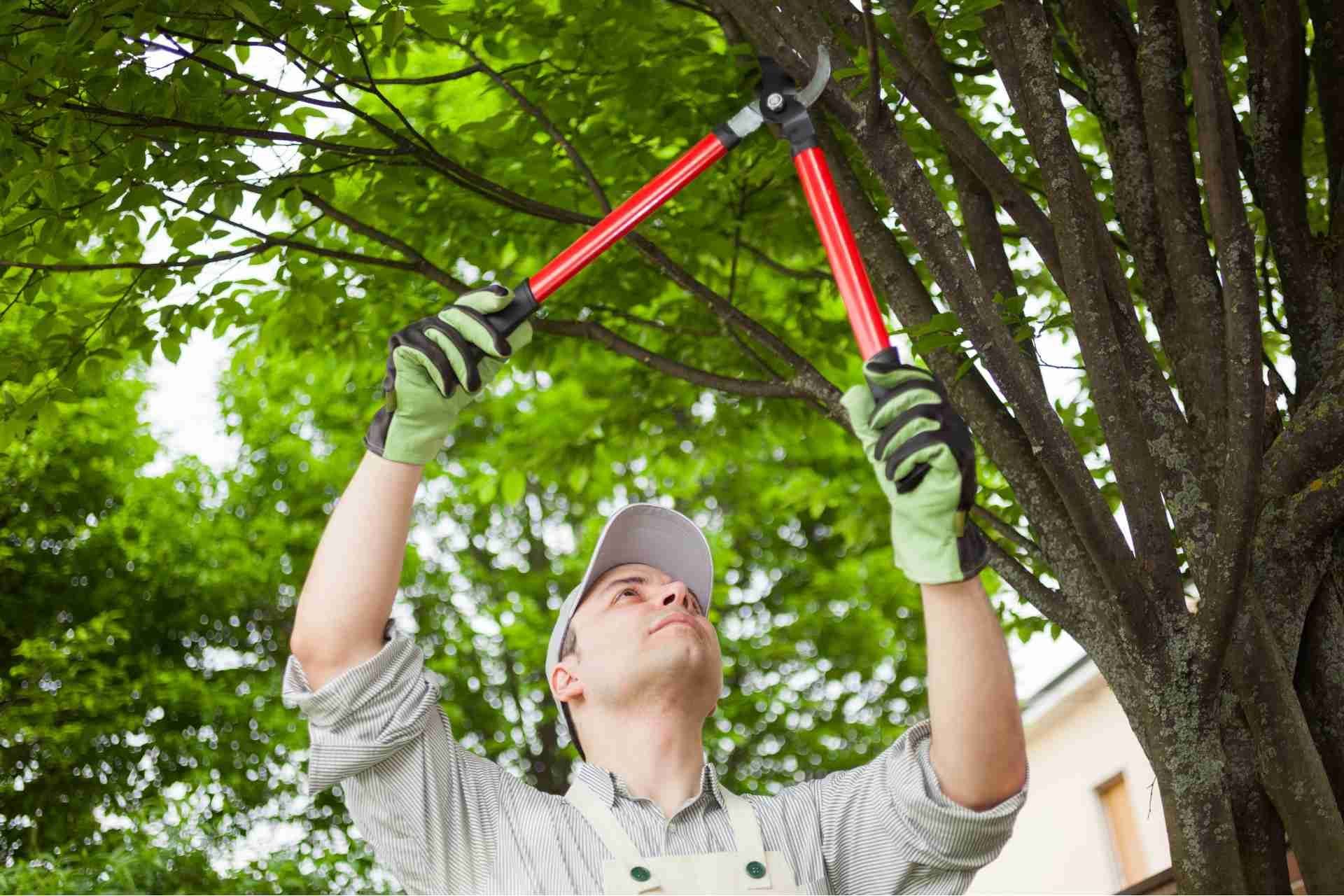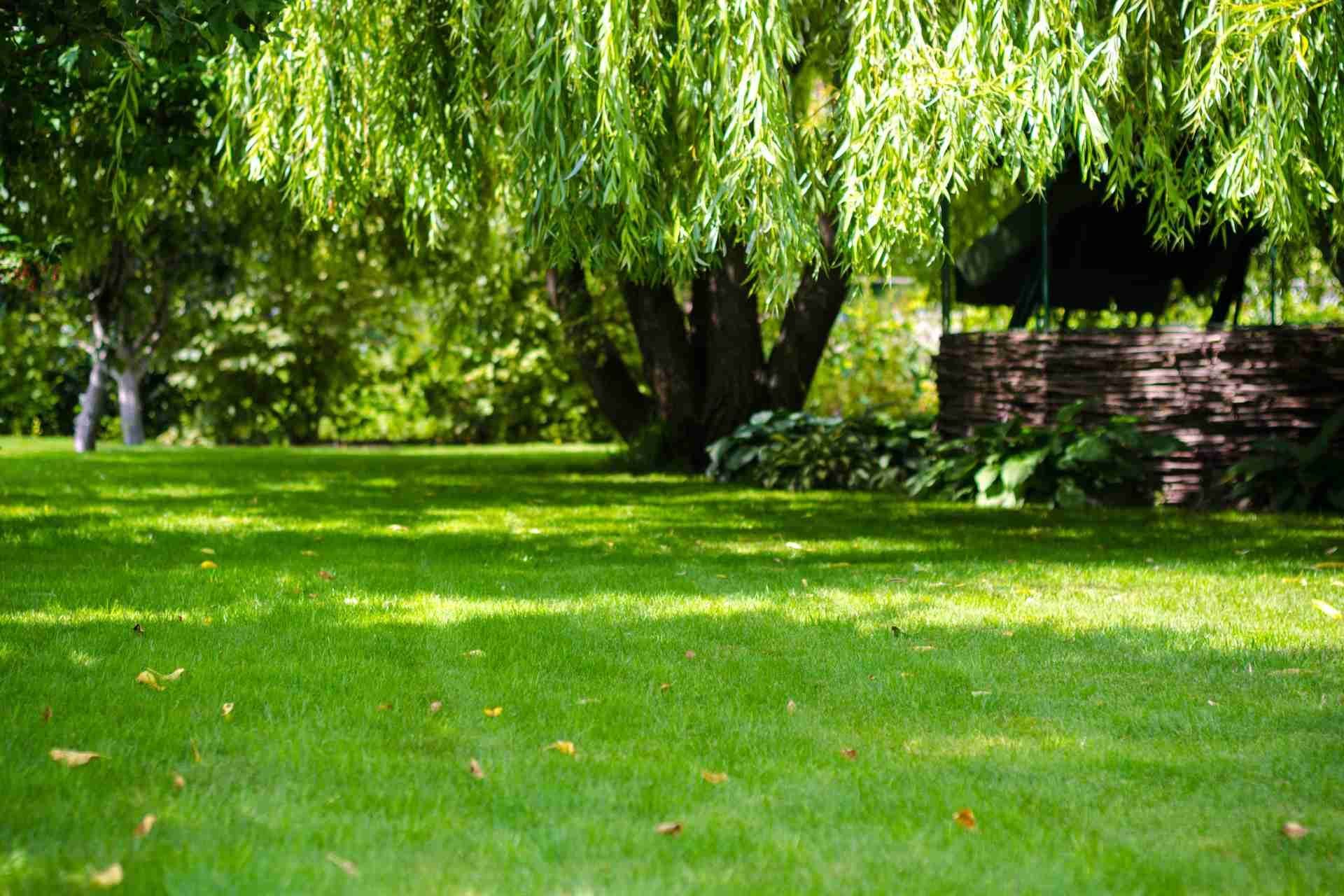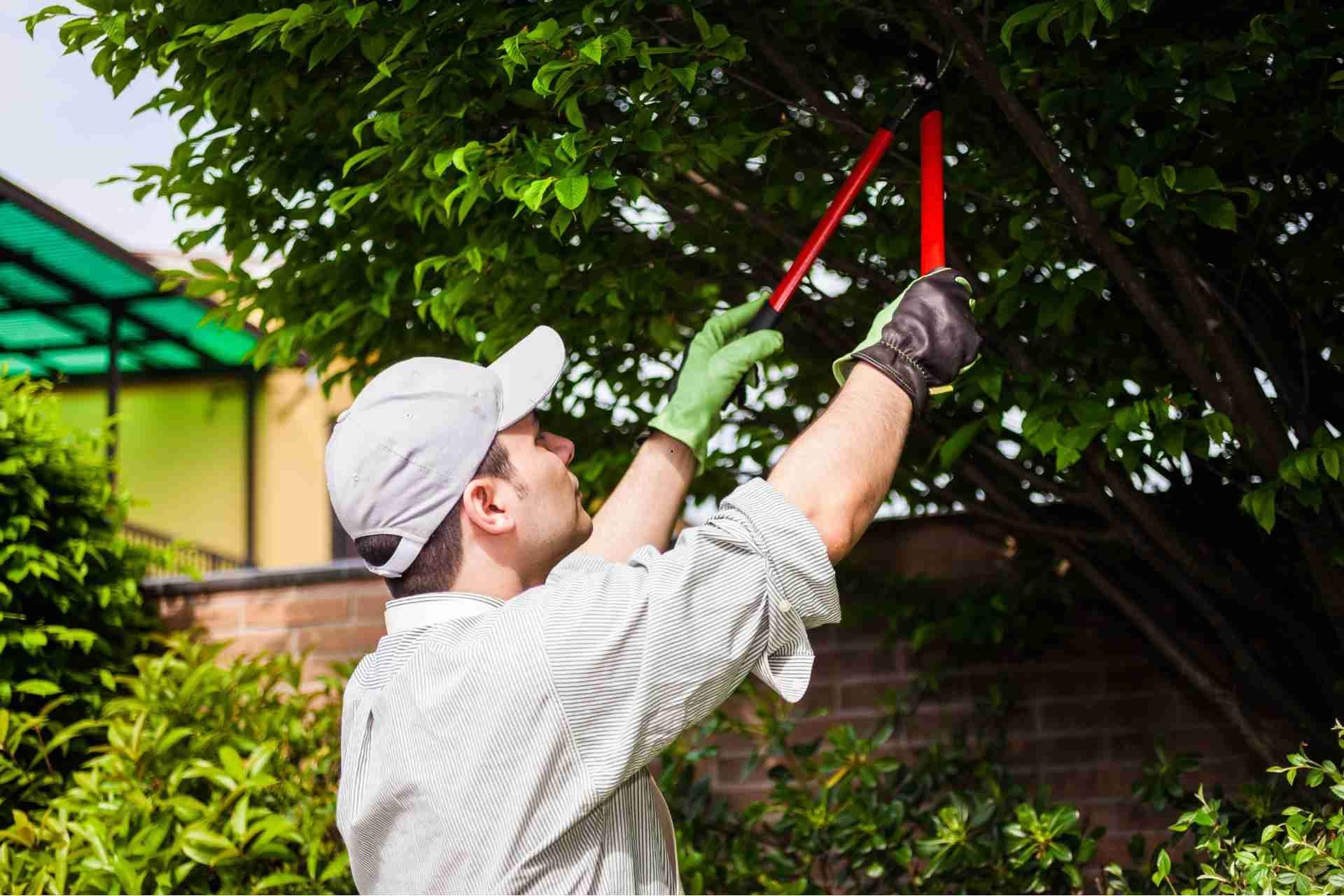Do You Need a Fence in Your Yard?
Whether you're looking to increase privacy, enhance safety, or simply improve the aesthetic appeal of your property, a fence can be a valuable addition to your yard. From providing a barrier against unwanted intruders to keeping pets and children safe, there are many reasons why you may consider installing a fence. But do you need a fence? Explore the benefits of having a fence in your yard and provide tips for choosing the right one for your needs.
Pros of Having a Fence in Your Yard
Security
One of the main reasons people choose to have a fence in their yard is for security. A fence can act as a deterrent to potential intruders and keep unwanted guests out of your property.
Privacy
A fence can help create a sense of privacy in your yard, allowing you to relax and enjoy your outdoor space without feeling exposed to your neighbors or passersby.
Safety
If you have young children or pets, a fence can help keep them safe by preventing them from wandering off your property and into potential danger.
Boundary Definition
A fence can clearly mark the boundaries of your property, helping to avoid disputes with neighbors over property lines.
Noise Reduction
Depending on the type of fence you choose, it can help reduce noise from the street or surrounding properties, creating a quieter and more peaceful environment in your yard.
Increased Property Value
A well-maintained fence can enhance the curb appeal of your home and potentially increase its resale value.
Aesthetic Enhancement
A fence can add visual appeal to your yard, serving as a decorative element that complements your landscaping and overall outdoor design.
Protection for Plants and Gardens
A fence can help protect your plants, flowers, and garden beds from being trampled on by people or animals, helping to preserve your landscaping efforts.
Cons of Having a Fence in Your Yard
Cost
Installing a fence can be quite expensive, especially if you choose high-quality materials or hire professionals to do the job.
Maintenance
Fences require regular maintenance such as cleaning, painting, and repairs to keep them looking good and functioning properly. This can be time-consuming and costly.
Limited Visibility
A fence can obstruct views of your surroundings, such as scenic views or interactions with neighbors. This can make your yard feel more closed off and isolated.
Potential Restrictions
Some neighborhoods or homeowners associations have specific guidelines and restrictions on the type, height, and color of fences that can be installed, limiting your options.
Risk of Damage
Fences can be damaged by weather, pests, or accidents, leading to costly repairs or replacements.
Reduced Interaction with Neighbors
A fence can create a physical barrier that hinders communication and interactions with neighbors, potentially affecting the sense of community in the neighborhood.
Legal Issues
Improper installation or maintenance of a fence can lead to legal issues, such as property line disputes or violations of local zoning regulations.
How to Choose the Right Fence
Consider the Purpose of The Fence
Before choosing a fence, think about why you need it. Is it for security, privacy, aesthetics, or to keep pets and children safe? This will help you determine the type of materials and style that will best suit your needs.
Determine Your Budget
Fencing materials can vary greatly in cost, so it's important to establish a budget before shopping for a fence. This will help you narrow down your options and find a fence that fits within your financial constraints.
Evaluate Your Climate and Surroundings
Consider the weather conditions in your area, as well as any potential threats like strong winds or wildlife. Certain materials like wood and vinyl may not be suitable for harsh weather, while metal fences may be more resilient.
Choose a Style that Complements Your Home
Your fence should enhance the overall look of your property and blend in with the style of your home. Consider factors like color, height, and design to ensure that your fence complements your existing landscape.
Consider Maintenance and Longevity
Some fencing materials require more maintenance than others. Wood fences, for example, may need to be stained or sealed regularly, while metal or vinyl fences are more low maintenance. Think about how much time and effort you are willing to invest in maintaining your fence.
Check Local Regulations
Before installing a fence, be sure to check with your local municipality or homeowners' association for any regulations or restrictions on fence height, design, and location. Make sure to obtain any necessary permits before proceeding with installation.
Get Quotes from Multiple Contractors
Once you have decided on the type of fence you want, get quotes from several reputable contractors to ensure you are getting the best price and quality of work. Ask for references and examples of their previous work to ensure they are reliable and experienced.
Consider Installation
Some fences are more DIY-friendly than others. If you are planning to install the fence yourself, make sure to choose a style that you feel comfortable installing. If you're hiring a professional, make sure they have experience installing the type of fence you want.
Rogers' Lawn & Tree Service offers professional fence installation services to help bring your dream fence to life. Our team is experienced and knowledgeable, ensuring that the process is quick, efficient, and done to the highest quality standards.
Whether you're looking for a simple wooden fence, a decorative metal fence, or a durable vinyl fence, we have the expertise to make it happen. We can also assist with fence repairs, maintenance, and replacements as needed.
Contact us today to schedule a consultation and get started on creating the perfect fence for your property.



